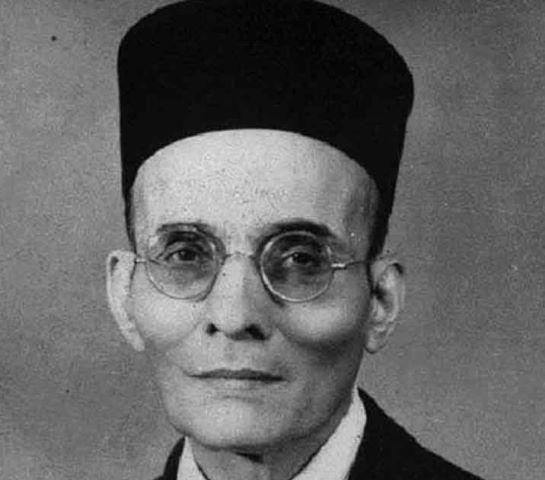Bio/Wiki
| Nickname | Veer |
|---|
Educational Qualification(s)
| College/University | Ferguson College, Pune |
|---|---|
| Degree | Bachelor of Arts degree from Ferguson College, Pune in 1905 |
| Specialization | Studied Law in England on scholarship |
Personal Life
| Religion | Atheist |
|---|---|
| Caste | Chitpavan Brahmin |
Relationships & More
| Marital Status | Widower |
|---|---|
| Marriage Date | February 1901 |
Family
| Father | Damodar Savarkar | ||||||
|---|---|---|---|---|---|---|---|
| Mother | Radhabai Savarkar | ||||||
| Siblings |
| ||||||
| Spouse | Yamunabai Savarkar (m. 1901–1963) | ||||||
| Children |
|
Career
| Political Party | Hindu Mahasabha |
|---|
Some Lesser Known Facts
| Vinayak Damodar Savarkar was detained in Ratnagiri Jail in Maharashtra by the British government and developed the political ideology of Hindutva. | |
| He followed Hindu philosophy despite being an atheist. | |
| Savarkar founded the Abhinav Bharat Society and was associated with revolutionary groups like India House and the Free India Society. | |
| He was imprisoned in London by the British government and sentenced to fifty years at Cellular Jail in the Andaman and Nicobar Islands. | |
| Savarkar authored books promoting revolutionary methods for India's complete independence. | |
| He disagreed with Mahatma Gandhi's non-violence approach and resigned as the president of Hindu Mahasabha in 1942 due to work-related stress. | |
| Although accused in Gandhi's murder case, Savarkar was acquitted due to insufficient evidence. | |
| Post-independence, Vinayak Damodar Savarkar was highly regarded in Indian politics, especially by the BJP government. | |
| He opposed the Congress party's resolution during the Wardha session of 1942 and subsequently resigned. | |
| Savarkar emphasized the importance of a common language and culture for a nation's defense against external threats. | |
| The Indian government honored him with a postal stamp, and his portrait was unveiled in the Indian Parliament after his demise. |





